Home>Garden Essentials>When Crabgrass Germinate
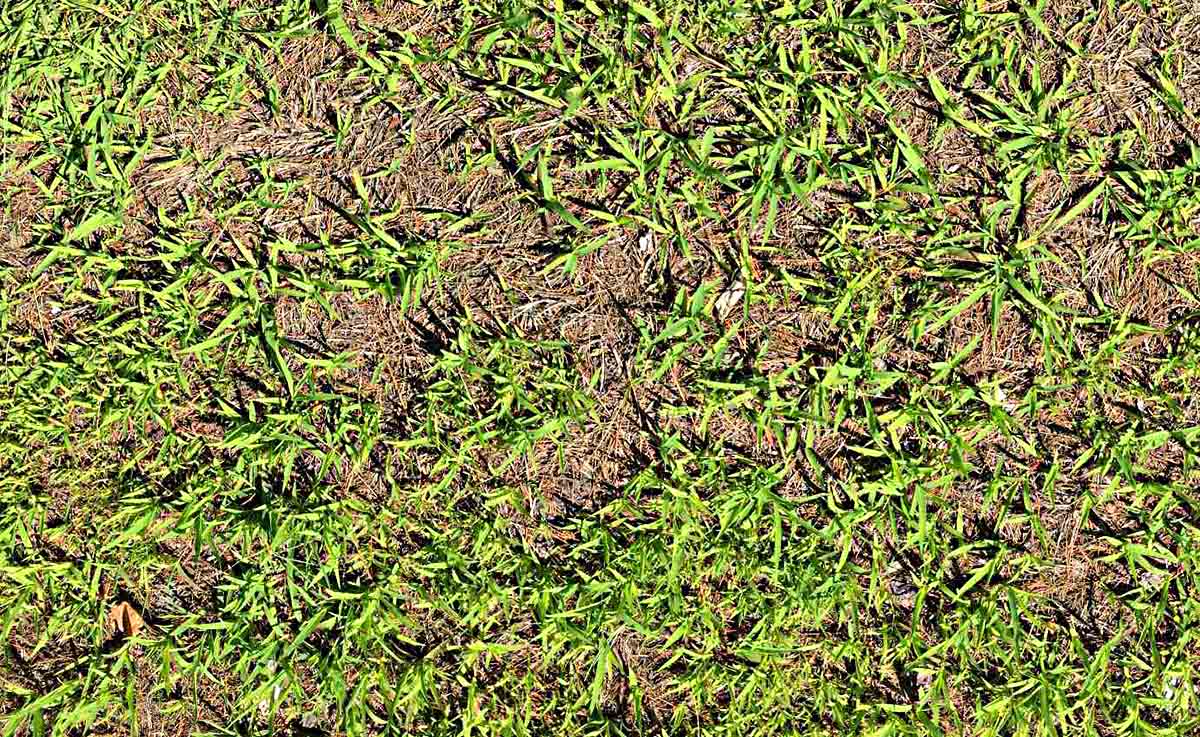

Garden Essentials
When Crabgrass Germinate
Modified: March 15, 2024
Discover the best methods to prevent and eliminate crabgrass germination in your garden. Take control of your garden's health and enjoy a weed-free outdoor space.
(Many of the links in this article redirect to a specific reviewed product. Your purchase of these products through affiliate links helps to generate commission for Storables.com, at no extra cost. Learn more)
Introduction
Welcome to the world of gardens! Whether you’re an experienced gardener or just starting out, one thing you’ll encounter is the notorious crabgrass. This pesky weed can quickly take over your lawn and ruin the aesthetic appeal of your garden. To effectively combat crabgrass, it is crucial to understand the germination process and the factors that influence it.
In this article, we will delve into the fascinating world of crabgrass germination. We’ll explore everything from the optimal conditions for germination to common misconceptions people have about this weed. Additionally, we will discuss techniques to prevent crabgrass germination and keep your garden looking luscious and vibrant.
So, grab your gardening gloves and let’s dive into the nitty-gritty of when crabgrass germinates!
Key Takeaways:
- Don’t let crabgrass take over your garden! Understanding its ideal conditions and debunking common myths can help you prevent its germination and keep your garden lush and vibrant.
- By maintaining a healthy lawn, using pre-emergent herbicides, and implementing proper watering and mowing practices, you can effectively prevent crabgrass germination and maintain a weed-free garden.
Factors Affecting Crabgrass Germination
Understanding the factors that influence crabgrass germination is essential for effective weed control. Let’s take a closer look at these factors:
- Temperature: Crabgrass thrives in warm weather. The optimal soil temperature for germination is between 60 and 70 degrees Fahrenheit (15-21 degrees Celsius). When the temperature surpasses 90 degrees Fahrenheit (32 degrees Celsius), crabgrass growth will slow down, but it can still survive.
- Moisture: Like any plant, crabgrass requires sufficient moisture for germination. Adequate watering and irrigating your lawn can create the moisture conditions necessary for germination. However, avoid overwatering, as it can also lead to the growth of other weeds.
- Light: Crabgrass seeds require sunlight to germinate. If the seeds are buried too deep in the soil, they may not receive the necessary light. This is why crabgrass often thrives in areas with thin or bare spots in your lawn, where the seeds can access sunlight more easily.
- Soil Conditions: Crabgrass prefers loose and compacted soil. Its seeds find it easier to penetrate and germinate in these soil types. Maintaining proper soil fertility and pH levels can help prevent crabgrass infestations to some extent.
- Weed Control Practices: The presence of other weeds in your lawn can affect crabgrass germination. Certain herbicides used for weed control can have a residual effect on the soil, inhibiting crabgrass germination as well.
By understanding these factors, you can take proactive measures to manipulate the conditions in your garden and prevent crabgrass from germinating and spreading.
Optimal Conditions for Crabgrass Germination
Crabgrass, like most plants, thrives under specific conditions that favor its germination and growth. Here are the optimal conditions for crabgrass germination:
- Soil Temperature: The ideal soil temperature for crabgrass germination is between 60 and 70 degrees Fahrenheit (15-21 degrees Celsius). As mentioned earlier, temperatures above 90 degrees Fahrenheit (32 degrees Celsius) can slow down its growth, but the weed can still survive.
- Moisture: Adequate moisture is crucial for crabgrass seeds to germinate successfully. Consistent watering or natural rainfall can provide the necessary moisture. However, be cautious not to overwater, as it can promote the growth of other weeds and damage your lawn.
- Light: Unlike many other weed seeds, crabgrass seeds require exposure to sunlight to trigger germination. They need direct light to activate the germination process. This is why crabgrass often flourishes in areas with thin or bare spots in the lawn where sunlight can easily reach the seeds.
- Soil Structure: Crabgrass favors loose and compacted soil. These soil types allow the seeds to penetrate easily and establish roots. Proper lawn maintenance practices, such as regular aeration and avoiding excessive soil compaction, can help deter crabgrass germination.
- Dormancy: Crabgrass seeds can remain dormant in the soil for several years, waiting for optimal conditions to germinate. These seeds have a protective outer shell that allows them to survive unfavorable conditions until the right set of circumstances arise.
By understanding the optimal conditions for crabgrass germination, you can take proactive measures to disrupt these conditions and minimize the risk of a crabgrass infestation in your garden.
Common Misconceptions about Crabgrass Germination
Crabgrass germination is often surrounded by myths and misconceptions. Let’s debunk some of the common misunderstandings:
- Crabgrass only germinates in spring: While it’s true that spring is a prime time for crabgrass germination, it can also occur in late summer and early fall, depending on the climate. Understanding the specific germination window in your region can help you tailor your weed control strategies accordingly.
- Crabgrass germination occurs in established lawns only: This is a popular misconception. Crabgrass seeds can germinate in both established lawns and areas with bare soil, thinning grass, or bare spots. It can quickly spread and take over an entire lawn if left untreated.
- Mowing can prevent crabgrass germination: While regular mowing is an essential part of lawn care, it alone cannot prevent crabgrass germination. Mowing height plays a role in reducing crabgrass growth, but proper lawn maintenance practices, such as watering, fertilizing, and weed control, are also necessary.
- Crabgrass grows from roots: Crabgrass is an annual weed that grows from seeds, not from roots. Each year, new seeds germinate, and new plants take root. Effective crabgrass prevention focuses on controlling seed germination rather than eliminating established plants.
- Crabgrass can be completely eradicated: While it may be challenging, completely eradicating crabgrass from a lawn is not impossible. It requires a combination of preventive measures, such as maintaining a healthy lawn, proper mowing, watering, and using pre-emergent herbicides. Persistent management and regular vigilance are key.
By dispelling these common misconceptions, you can approach crabgrass germination with a clearer understanding and develop targeted strategies to effectively combat this invasive weed.
To prevent crabgrass germination, apply a pre-emergent herbicide in early spring before soil temperatures reach 55-60°F. This will create a barrier that prevents crabgrass seeds from sprouting.
The Germination Process of Crabgrass
The germination process of crabgrass is fascinating and understanding it can help you develop effective strategies to prevent its growth. Let’s take a closer look at the steps involved:
- Seed Activation: Crabgrass seeds remain dormant in the soil until the right conditions are met. These conditions include optimal soil temperature, moisture, and exposure to sunlight. When these factors align, the seed’s protective coat softens, allowing water and nutrients to be absorbed.
- Imbibition: Imbibition refers to the process in which the seeds absorb water and become fully hydrated. This rehydration triggers enzymatic and metabolic activities within the seed, preparing it for germination.
- Radicle Emergence: As the seed takes in water, the radicle, or embryonic root, begins to emerge. It grows downwards into the soil, anchoring the seedling and absorbing nutrients and water from the surrounding environment.
- Cotyledon Growth: Once the radicle is established, the cotyledons, which are the seed leaves, begin to elongate and emerge from the soil. These initial leaves provide essential nutrients to the seedling until true leaves develop.
- True Leaf Development: With the cotyledons serving as a source of energy, the true leaves start to grow. These leaves are distinctive to crabgrass, with a wider blade shape compared to the narrow cotyledon leaves.
- Growth and Spread: As the crabgrass seedling continues to develop leaves, it also starts to produce tillers. Tillers are additional stems that branch out from the main plant, allowing crabgrass to spread horizontally and cover more ground.
- Seed Production: As the crabgrass plant grows, it develops flower heads, which eventually produce seeds. These seeds will fall to the ground and germinate during the next favorable growing season, completing the life cycle of the crabgrass plant.
Understanding the germination process of crabgrass is crucial for developing prevention strategies. By disrupting the conditions required for germination, you can effectively control the growth and spread of this invasive weed in your garden.
Read more: When Does Crabgrass Germinate In Iowa
Techniques for Preventing Crabgrass Germination
Preventing crabgrass germination is essential for maintaining a healthy and weed-free lawn. Here are some effective techniques to help you keep crabgrass at bay:
- Maintain a Healthy Lawn: A thick and well-maintained lawn provides strong competition against crabgrass. Regular lawn care practices such as proper mowing, watering, and fertilizing promote dense grass growth, leaving little room for crabgrass to establish itself.
- Pre-Emergent Herbicides: Pre-emergent herbicides work by creating a barrier that prevents crabgrass seeds from germinating. It is important to apply these herbicides before crabgrass seeds sprout, typically in early spring or fall, based on the instructions provided by the manufacturer.
- Avoid Overwatering: Overwatering not only wastes water but also creates favorable conditions for crabgrass to germinate. Water your lawn deeply and infrequently, encouraging deeper root growth in grass and making it harder for crabgrass to thrive.
- Aerate Your Lawn: Regular aeration helps in reducing soil compaction, allowing nutrients, water, and air to reach the grass roots. This creates a healthier lawn and makes it more difficult for crabgrass to establish itself.
- Mow at the Right Height: Proper mowing height is crucial for preventing crabgrass. Set your mower to a height that allows the grass to shade the soil, preventing sunlight from reaching the crabgrass seeds. Cutting your grass too short can weaken it, giving crabgrass an opportunity to invade.
- Hand-Pull or Spot Treat: If you notice crabgrass popping up in your lawn, it’s important to address it promptly. Hand-pulling small patches of crabgrass or spot treating with a post-emergent herbicide can help prevent further spread.
- Overseed Bare Spots: Crabgrass often takes advantage of bare spots in your lawn. Overseeding these areas with appropriate grass seed can help fill in the gaps and prevent crabgrass from gaining a foothold.
- Monitor and Maintain: Regularly inspect your lawn for any signs of crabgrass and address them as soon as possible. Maintaining a consistent lawn care routine with weed control practices will help prevent crabgrass germination and keep your lawn healthy.
By implementing these techniques and maintaining a vigilant approach, you can significantly reduce the germination and growth of crabgrass, keeping your lawn lush and weed-free.
Conclusion
Crabgrass germination can be a persistent problem for gardeners and lawn enthusiasts. However, armed with the knowledge of the factors that affect crabgrass germination and the techniques to prevent its growth, you can maintain a vibrant and weed-free lawn.
Understanding the optimal conditions for germination, such as soil temperature, moisture, light, and soil structure, allows you to manipulate these factors and create an inhospitable environment for crabgrass. Additionally, dispelling common misconceptions about crabgrass germination helps you approach weed control with a clear understanding.
Implementing techniques such as maintaining a healthy lawn, using pre-emergent herbicides, proper watering and mowing practices, aeration, and timely spot treatments, significantly reduce the chances of crabgrass germination and spread. Regular monitoring of your lawn and addressing any signs of crabgrass promptly will further contribute to its prevention.
Remember, preventing crabgrass germination requires a proactive approach and consistent lawn care practices. By following these strategies and keeping a vigilant eye on your lawn, you can maintain its health and beauty while minimizing the invasion of crabgrass.
So, roll up your sleeves, put on your gardening gloves, and take control of crabgrass germination in your garden. With the right knowledge and techniques, you can create a lush and weed-free oasis for you to enjoy.
Frequently Asked Questions about When Crabgrass Germinate
Was this page helpful?
At Storables.com, we guarantee accurate and reliable information. Our content, validated by Expert Board Contributors, is crafted following stringent Editorial Policies. We're committed to providing you with well-researched, expert-backed insights for all your informational needs.
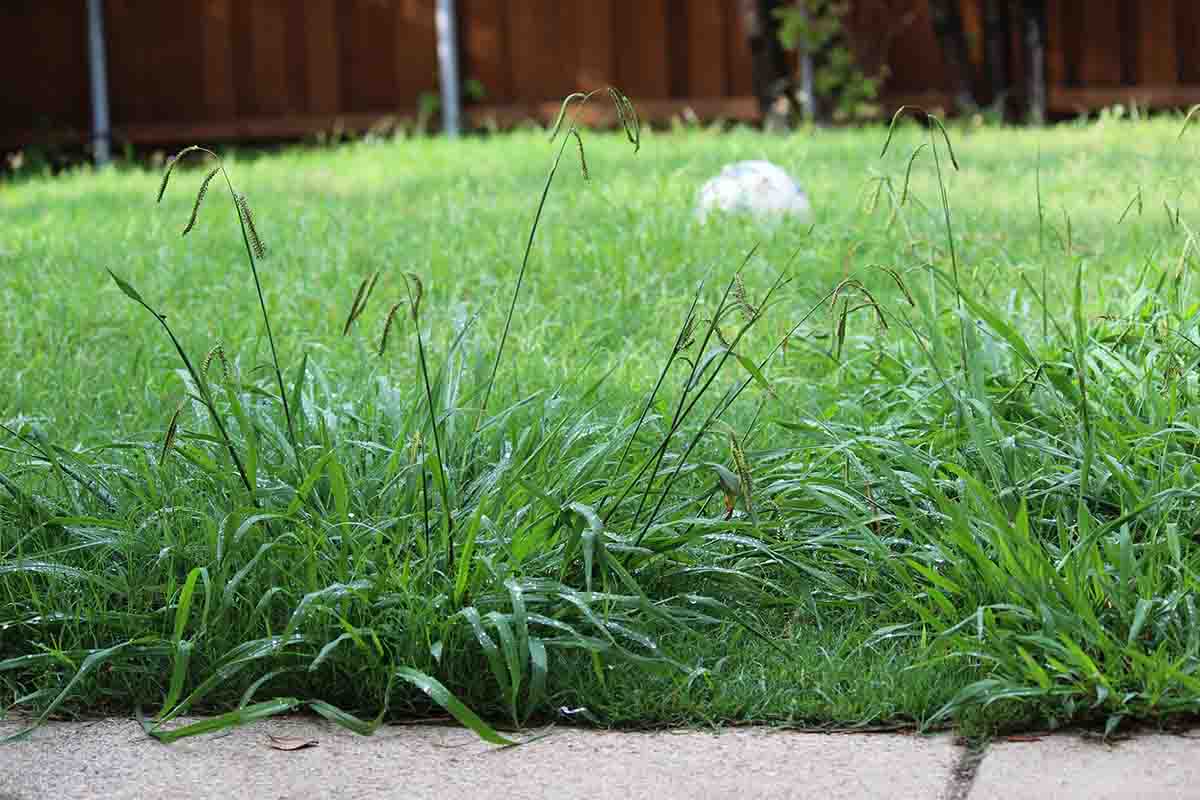
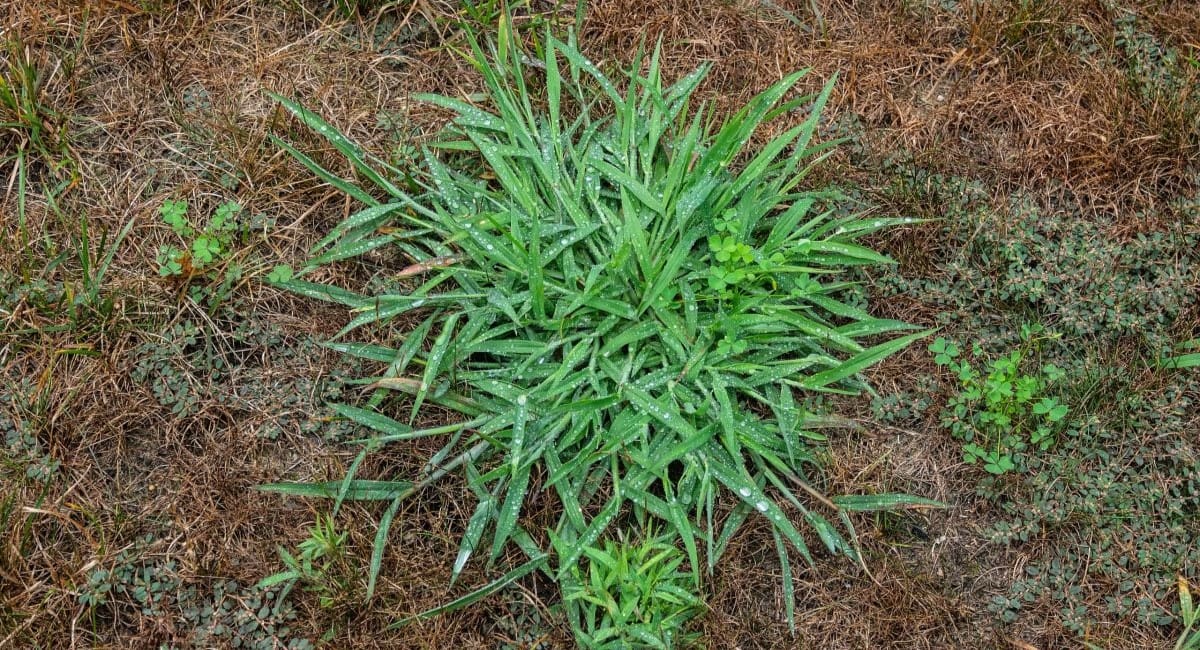
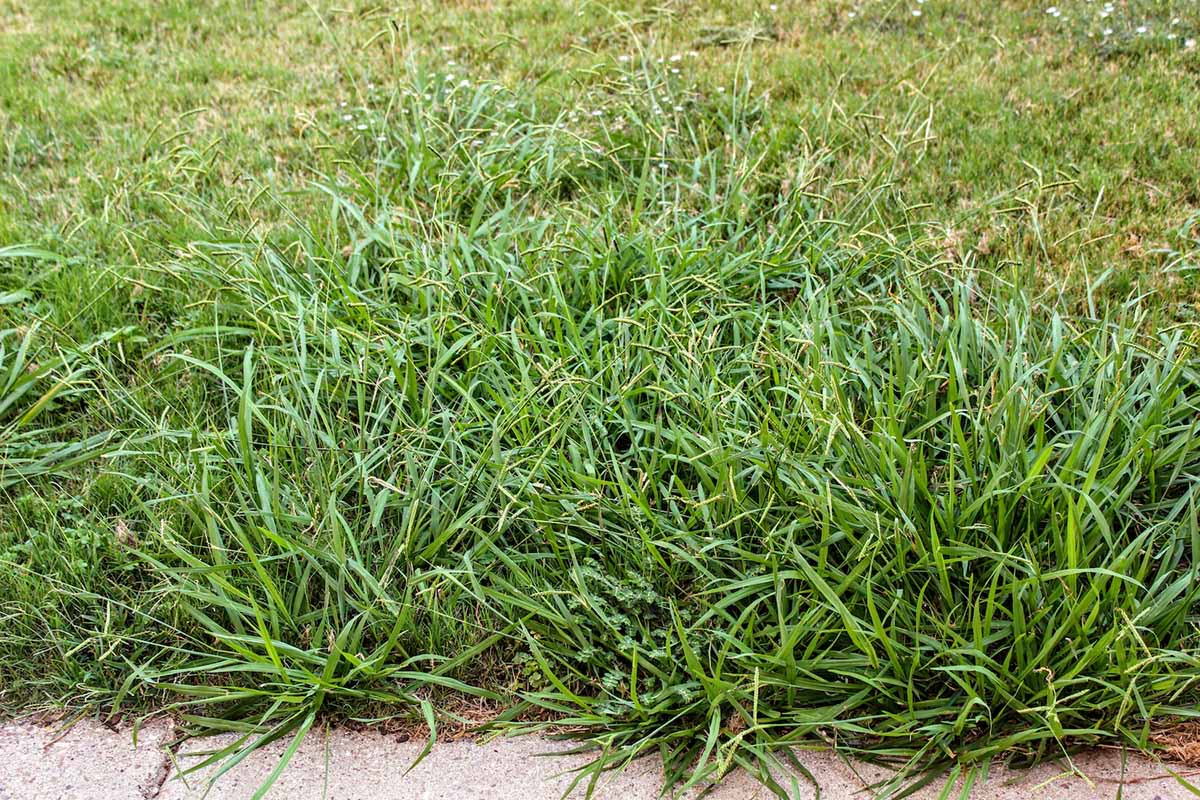
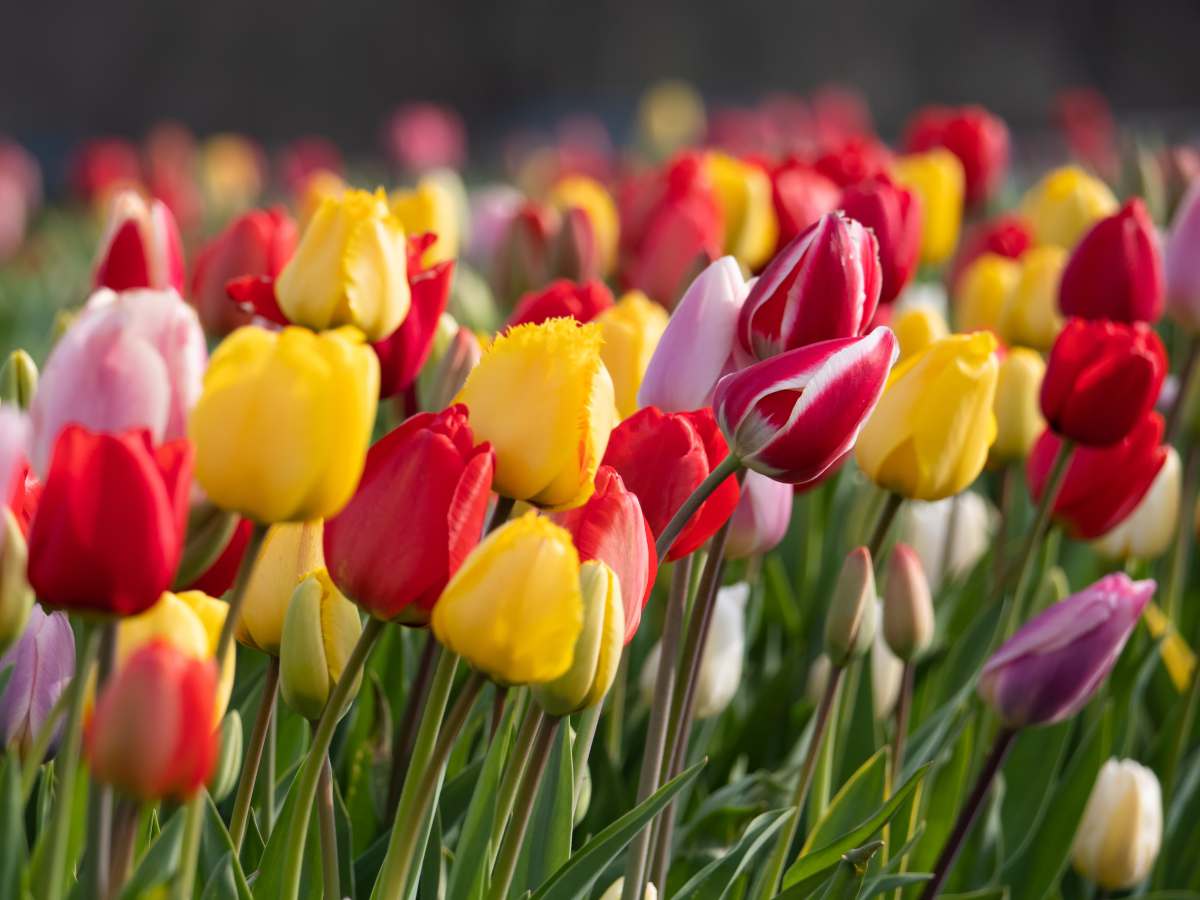
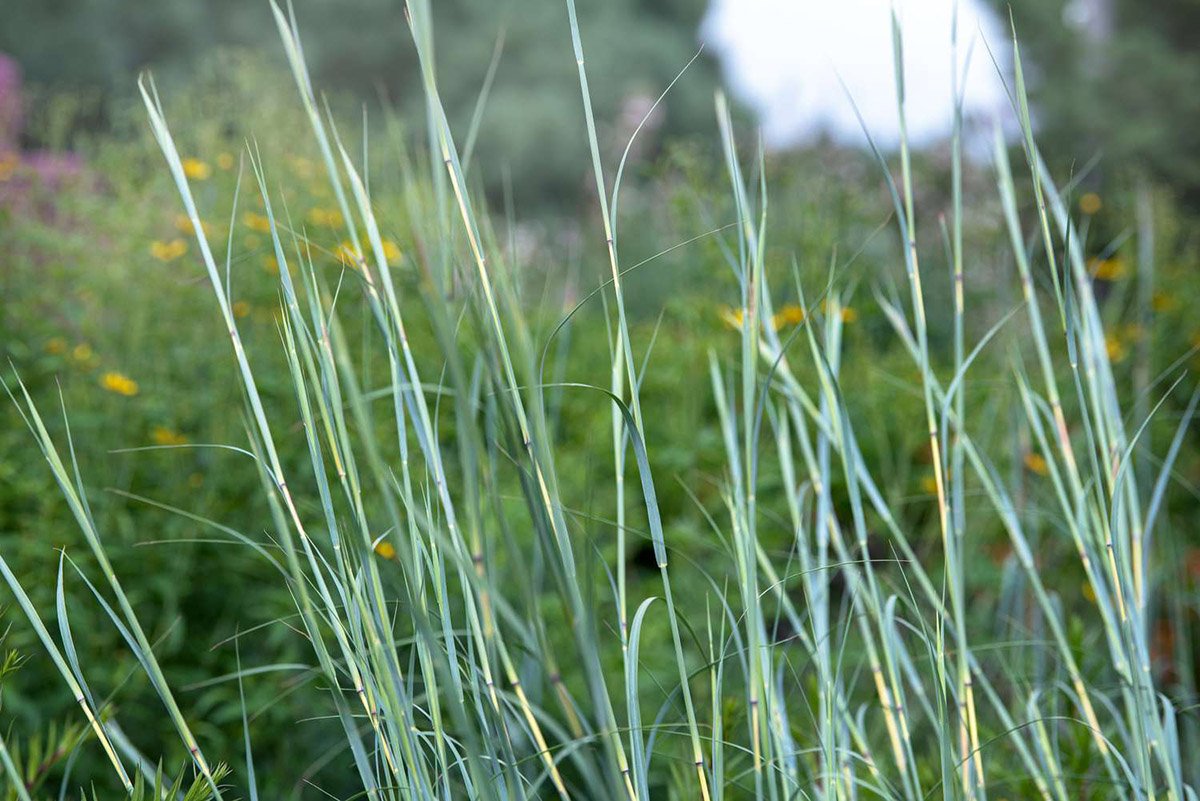
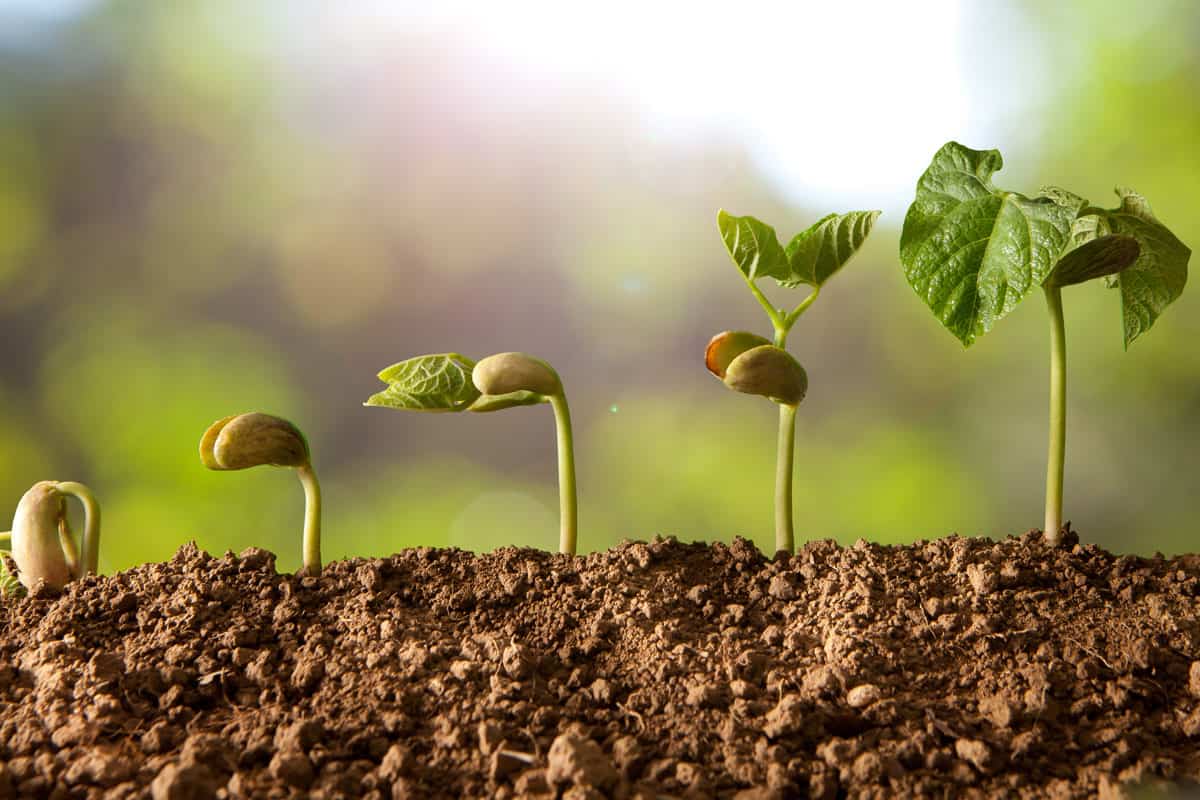
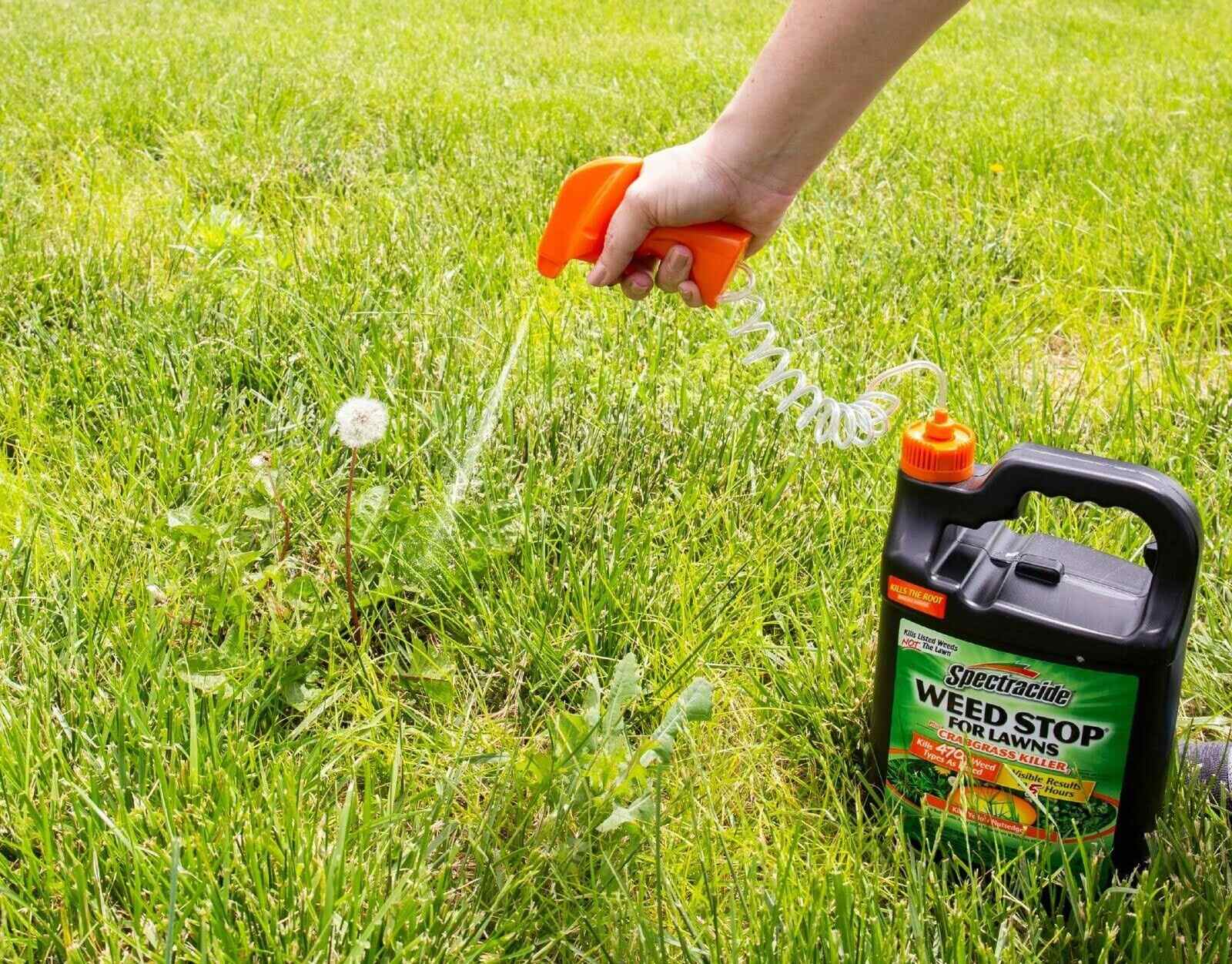
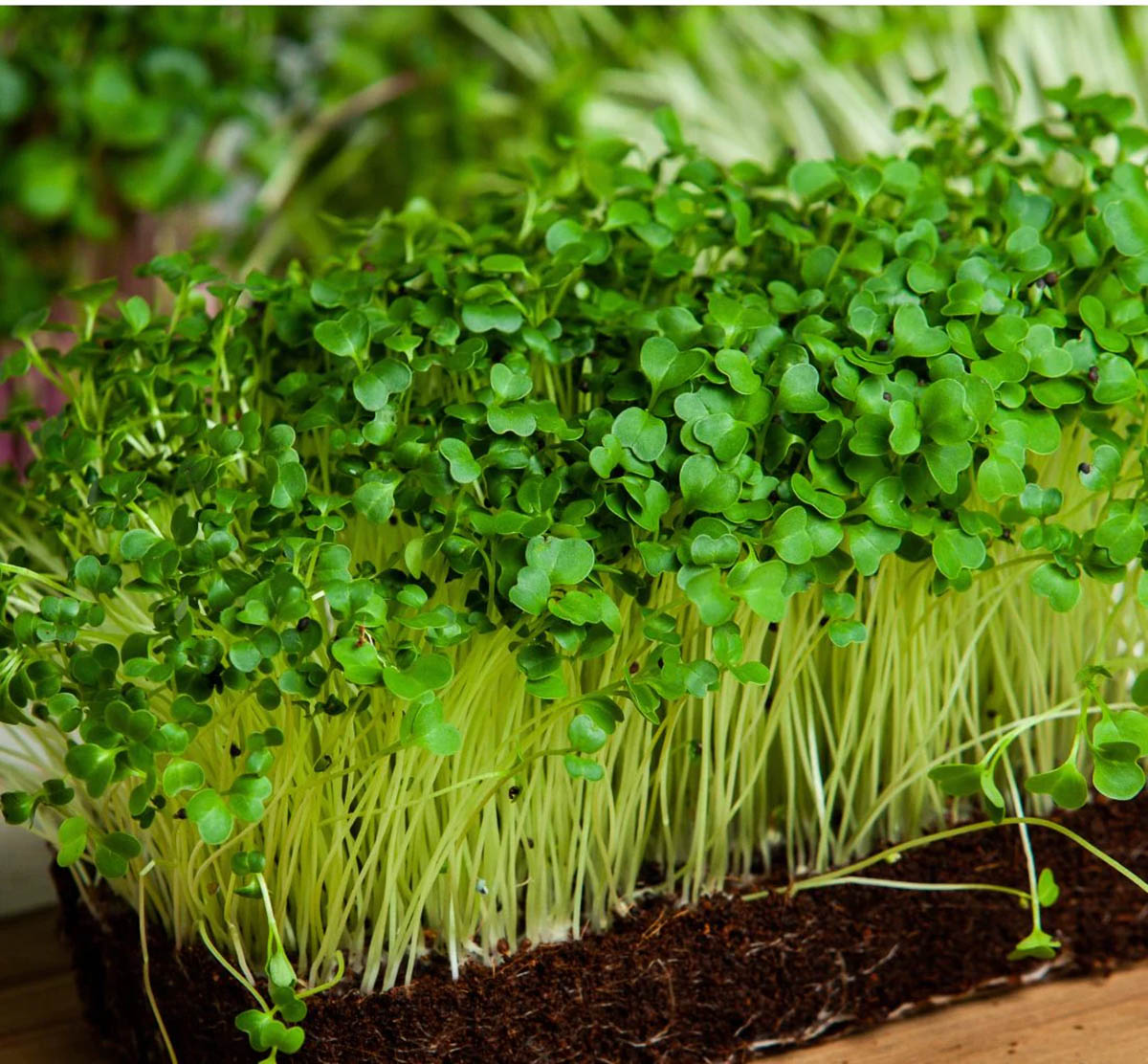
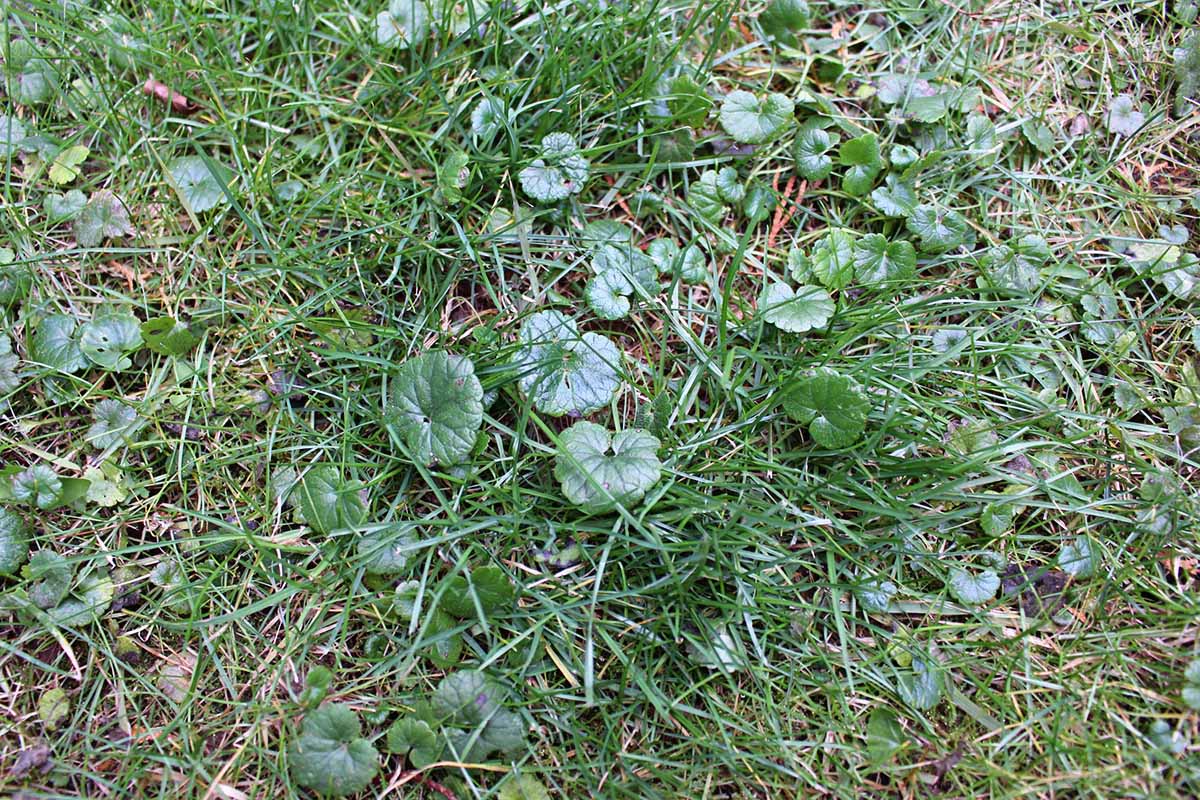
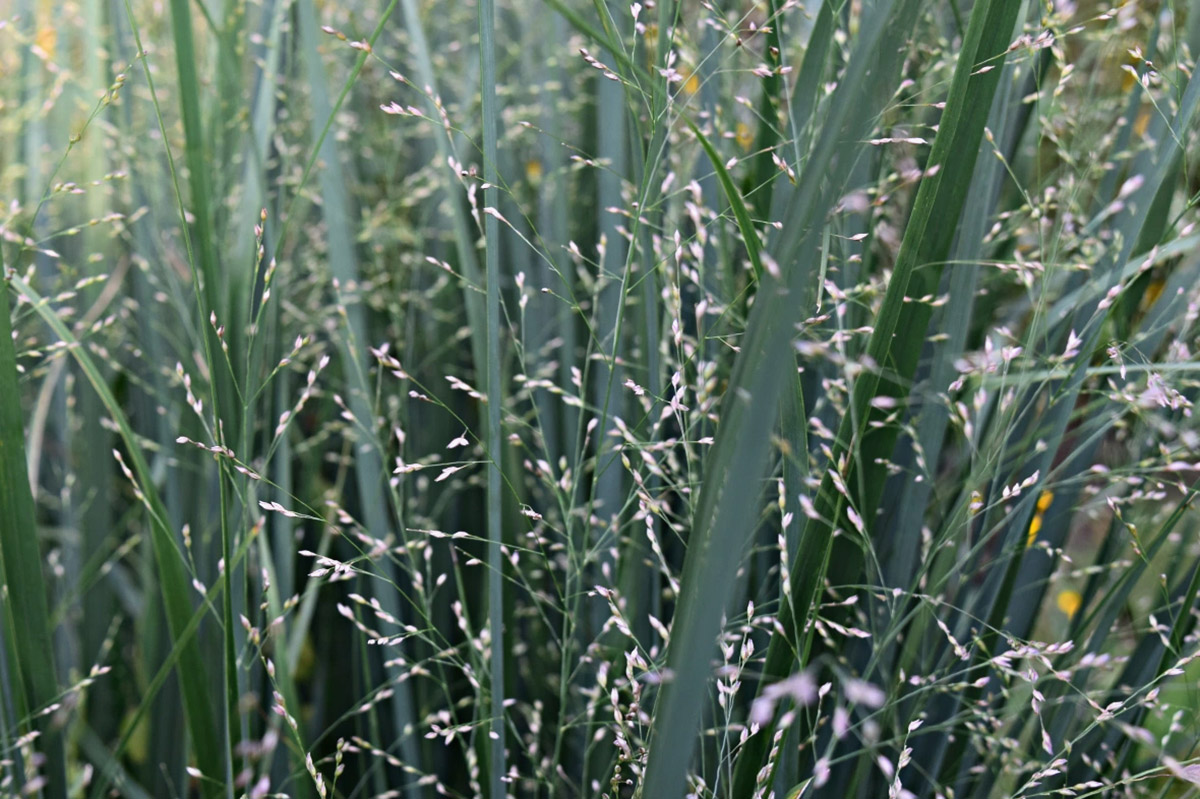
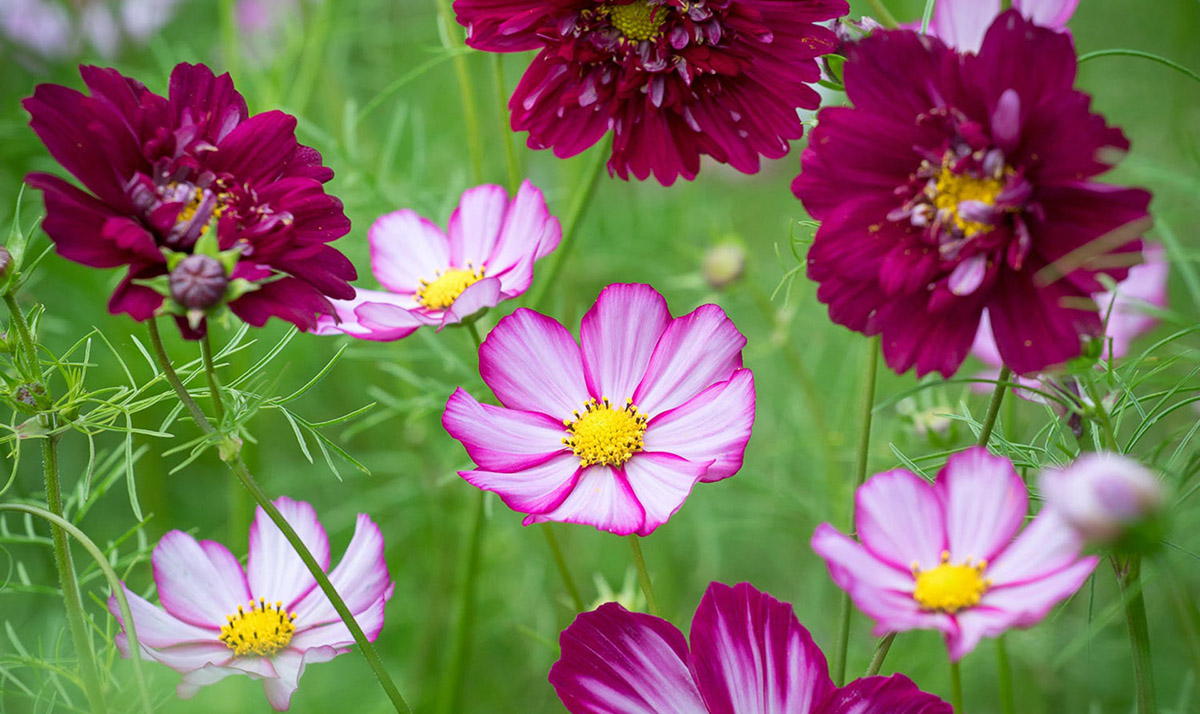
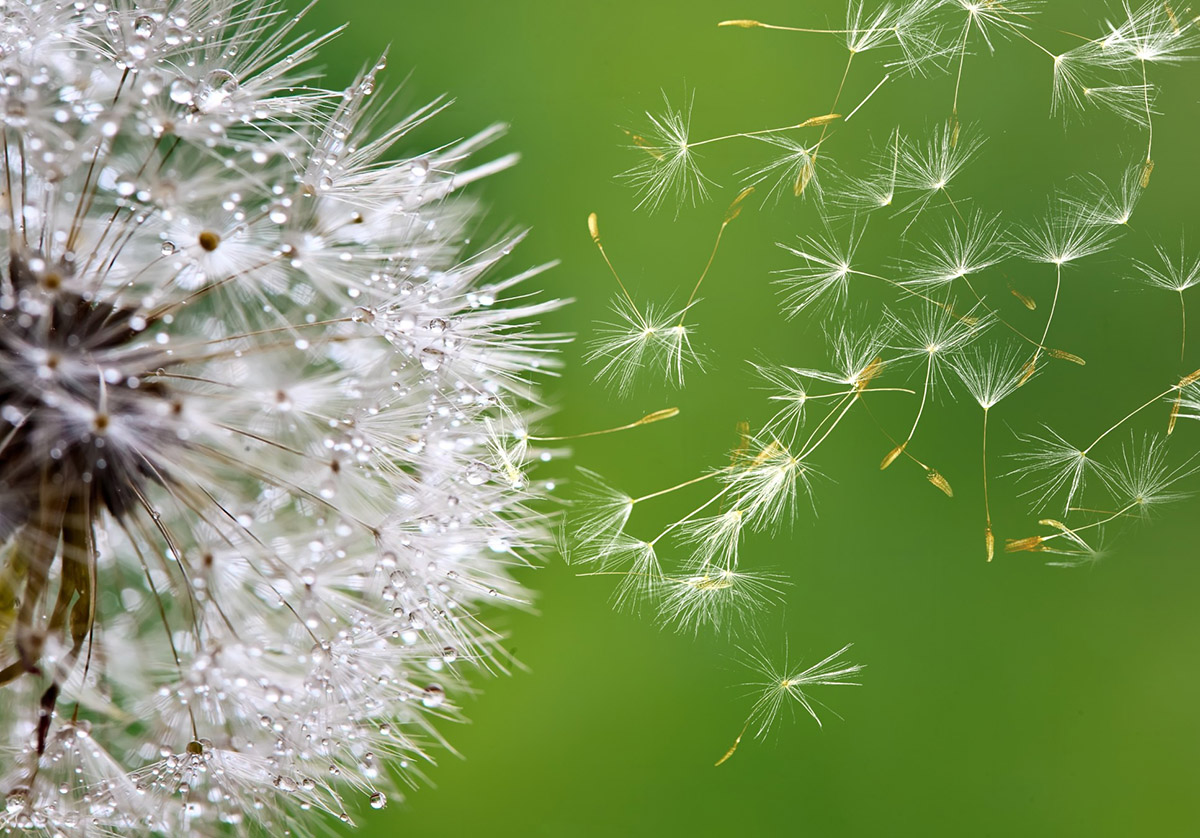
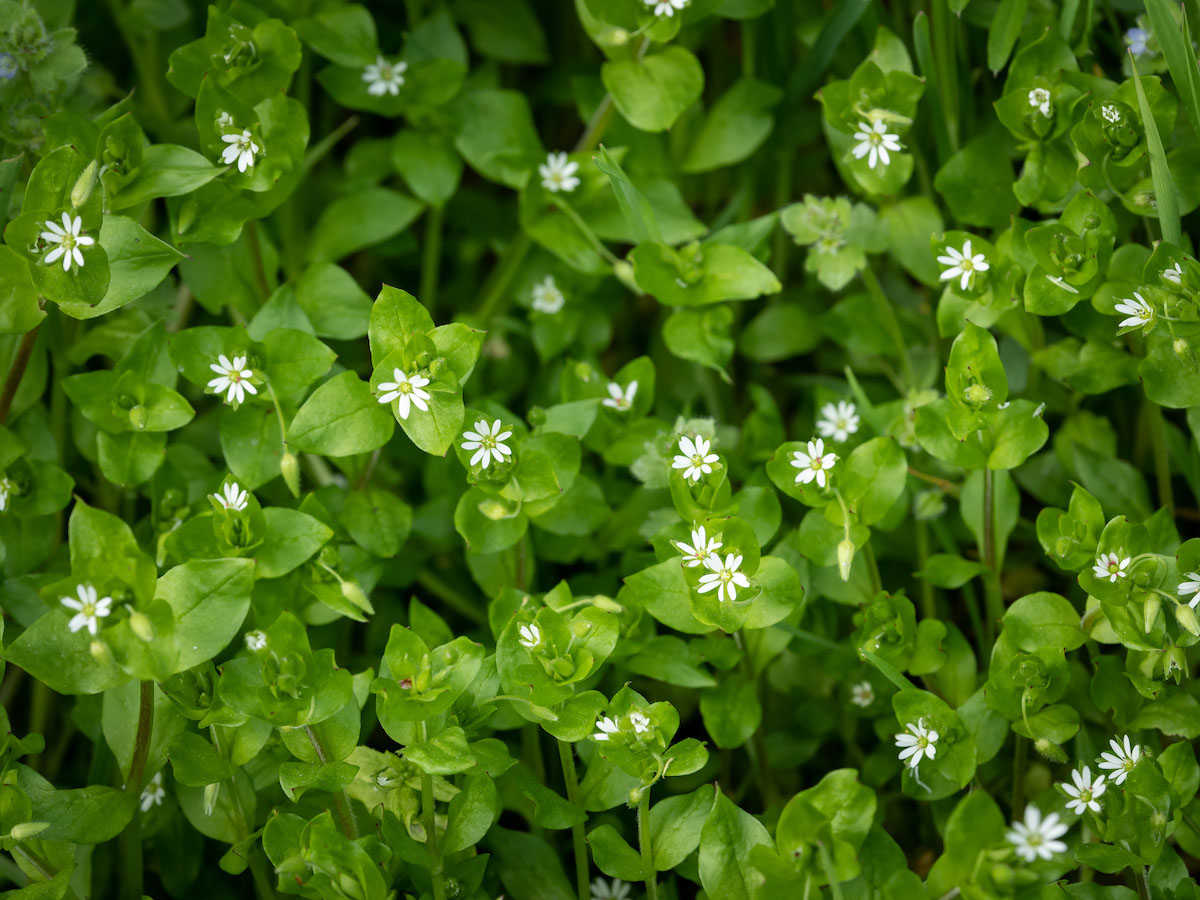
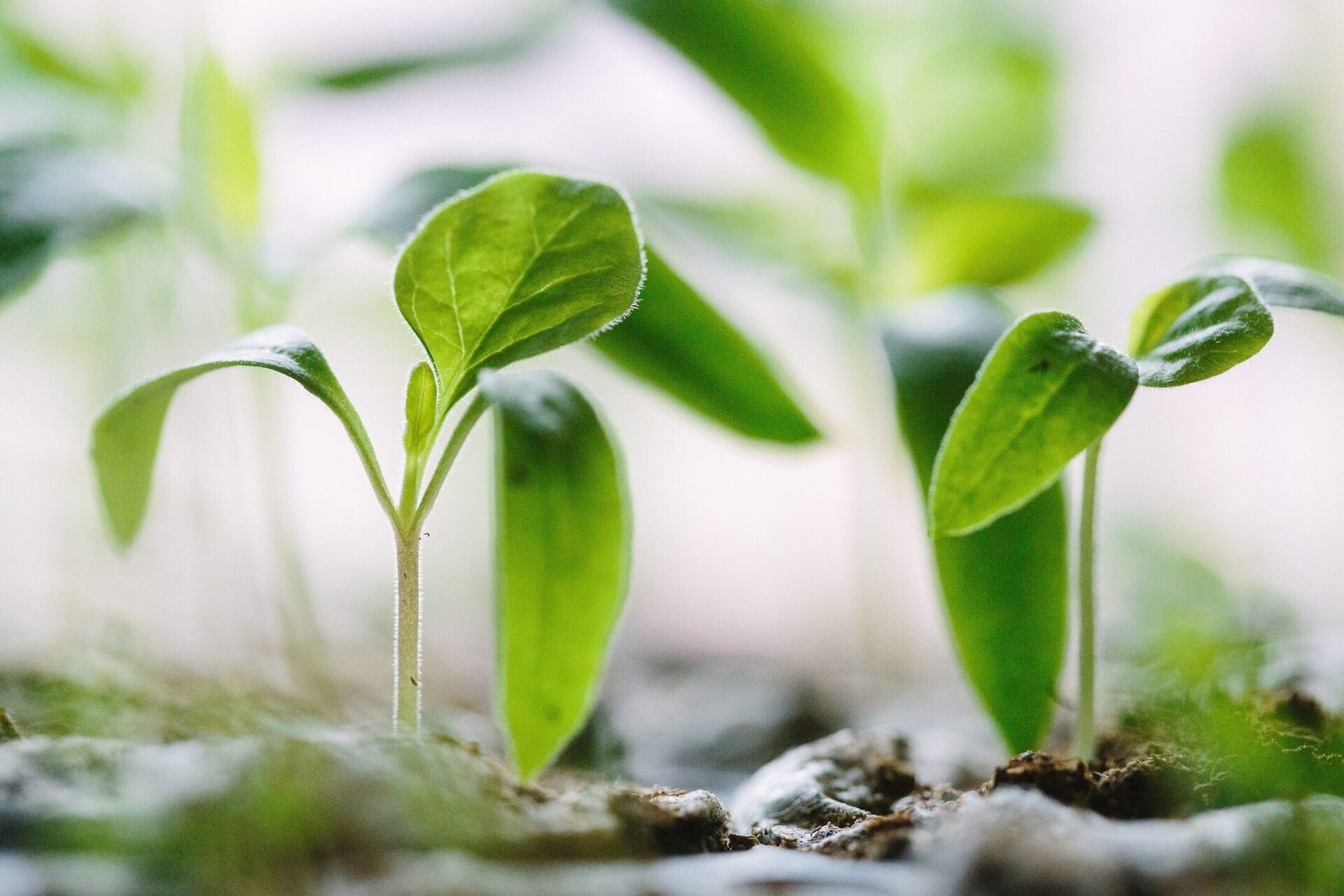

0 thoughts on “When Crabgrass Germinate”